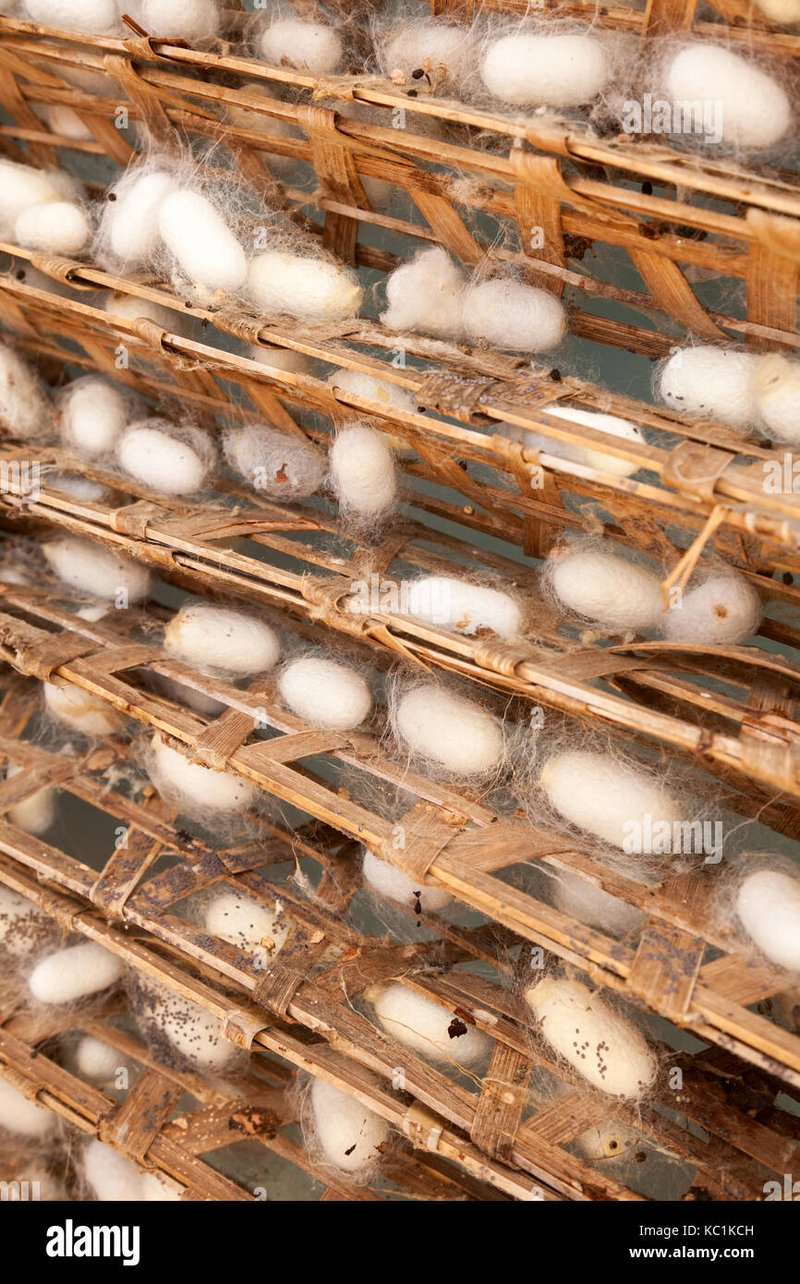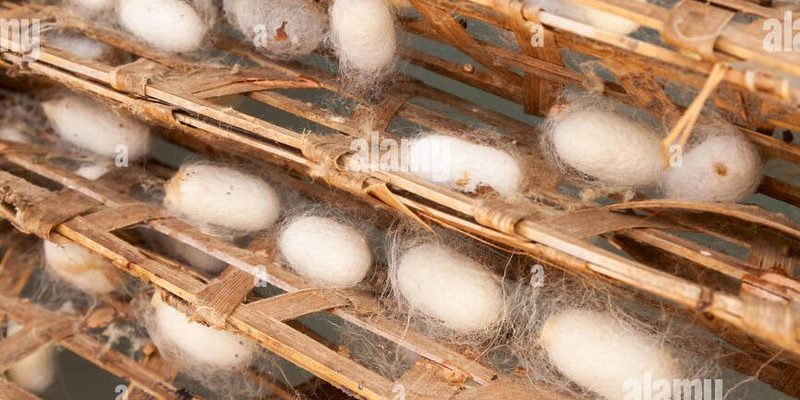
So, can silkworms really be used in animal feed industries? Absolutely! These fascinating insects have a lot to offer. When we think about alternatives to traditional feed sources, silkworms could provide a sustainable and nutritious option. The growing focus on sustainability in agriculture means that we need to explore all avenues, and silkworms might be a hidden gem. Let’s unpack this topic and explore how silkworms can benefit the animal feed industry.
What Are Silkworms?
Silkworms, or *Bombyx mori*, are the larvae of the silk moth. They’ve been cultivated for thousands of years primarily for their silk. Imagine a tiny caterpillar that munches on mulberry leaves—sounds simple, right? But these little guys are not just for making silk; they are a great source of protein and other nutrients.
As they grow, silkworms undergo several stages, or instars, eventually spinning cocoons that are harvested for silk. It’s like a natural factory where each silkworm plays a part in creating something valuable. This process not only yields silk but also produces byproducts, which can be nutrient-rich and beneficial in animal feeds.
Nutritional Value of Silkworms
When we talk about animal feed, *nutritional value* is key. Silkworms are packed with high-quality protein, vitamins, and minerals. In fact, they can contain between 35% to 50% protein by dry weight. Here’s what makes silkworms stand out:
- Protein: Essential for growth and development in animals.
- Fatty Acids: Healthy fats that promote good overall health.
- Vitamins: Such as B vitamins that are crucial for metabolism.
- Minerals: Including calcium and iron, which support bone health and blood function.
Honestly, when you compare silkworms to traditional feed ingredients like soybean meal, it’s pretty impressive. Not only do they have a high protein content, but they also offer a balanced amino acid profile, making them a suitable alternative in many formulations.
Sustainability and Environmental Impact
You might be wondering about the environmental footprint of using silkworms as animal feed. Here’s the thing: raising silkworms is much more sustainable compared to traditional livestock farming. They require far less space, water, and feed intake to convert into protein.
For instance, while traditional livestock can produce significant greenhouse gases and consume vast amounts of resources, silkworms can thrive on mulberry leaves and won’t contribute to issues like overgrazing or land degradation. This makes them an appealing option for farmers looking to reduce their environmental impact while still providing quality nutrition to their livestock.
How Silkworms Are Processed for Animal Feed
Processing silkworms into animal feed involves some careful steps. Once harvested, the silkworm larvae are typically dried and ground into a powder. This powder can then be mixed into animal feed formulations.
Here’s a quick overview of the process:
- Harvesting: Silkworms are collected after they spin their cocoons.
- Drying: The larvae are dried to remove moisture and preserve nutrients.
- Grinding: Dried silkworms are ground into a fine powder for easy mixing.
- Formulating: This powder is then incorporated into various animal feeds.
This process ensures that the nutritional benefits of silkworms are maintained, giving animals a tasty and healthy food source. You can think of it like making a smoothie—blending ingredients to create something nutritious and beneficial.
Comparing Silkworms to Traditional Feed Sources
Let’s take a moment to compare silkworms with some common animal feed options. Traditional feed sources like soybean meal, fish meal, and corn are often used in diets for poultry, pigs, and aquaculture. But how do they stack up against silkworms?
Protein Content
– Silkworms: 35% to 50% protein.
– Soybean Meal: About 44% protein.
– Fish Meal: Ranges from 60% to 70% protein, but can be more expensive.
Although fish meal has a higher protein percentage, it comes with issues like overfishing and environmental concerns. Silkworms not only provide a competitive protein level, but they also offer a more sustainable solution.
Cost-Effectiveness
Silkworm production can be less expensive in the long run compared to raising larger livestock. The inputs for silkworm farming are lower, making it a cost-effective choice for animal feed.
Potential Challenges in Using Silkworms for Animal Feed
While there are many benefits to using silkworms in animal feed, it’s important to consider some potential challenges. One major concern is the public perception of insects as food sources.
Many people might be skeptical about feeding insects to their animals, seeing it as unusual. However, this attitude is gradually changing as more people become aware of the sustainability and health benefits of insect protein.
Another challenge is sourcing and processing. Farmers and manufacturers must ensure a consistent supply and maintain quality control during the processing stages. It requires careful planning and education throughout the supply chain.
The Future of Silkworms in Animal Feed
As the demand for sustainable protein sources continues to rise, silkworms may play an increasingly important role in the animal feed industry. With growing awareness about their benefits, we might see more farmers incorporating silkworms into their practices.
Innovations in farming techniques and processing could make it easier to produce and introduce silkworms effectively. Here’s an exciting thought: what if one day, silkworms become a staple in feeds just like corn or soy?
In conclusion, silkworms offer a sustainable, nutritious alternative for the animal feed industry. With their high protein content and minimal environmental impact, they could be a game-changer for farmers looking to innovate. The world of animal nutrition is changing, and silkworms might just be leading the way.

